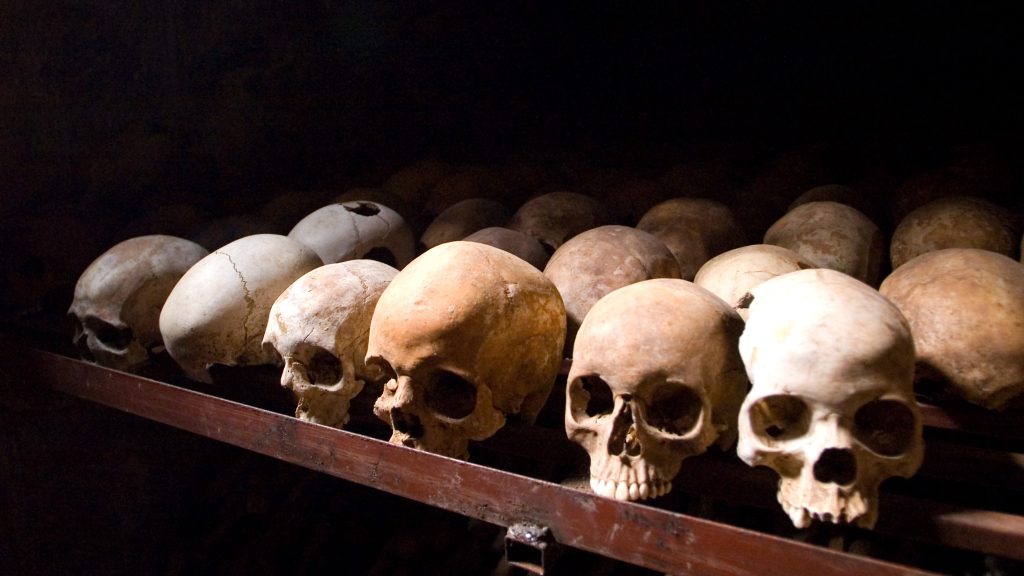Archaeologists uncover 15 shattered skulls in a mysterious Stone Age chamber in Italy.
Others are reading now
A new discovery in southeastern Italy has provided a rare glimpse into the spiritual practices of Stone Age communities.
Archaeologists have unearthed the fragmented remains of at least 15 individuals, dating back to between 5618 and 5335 BC.
However, the skulls weren’t found in graves—they were located in a room used for rituals, shedding light on a long-lost tradition of ancestor worship.
The researchers, including a team from Cambridge University, revealed that these skulls weren’t treated with reverence as one might expect.
Also read
Instead, evidence suggests they were handled repeatedly over many generations, likely as part of rituals aimed at summoning spiritual power.
Rituals Across Generations
Radiocarbon dating confirmed that the skulls were collected over six to eight generations.
This long-term practice indicates that these Stone Age people valued their ancestors’ remains as more than mere symbols; they were active tools in ceremonial life.
Interestingly, the bones and skulls showed no signs of violence, ruling out warfare, conflict, or cannibalism. Instead, the wear patterns suggest they were frequently handled, possibly as a way to invoke ancestral spirits during ceremonies.
The Power of Ancestors
In many ancient cultures, ancestors were believed to hold spiritual power, guiding and protecting their descendants. This practice appears to align with the Stone Age community’s rituals.
The researchers propose that these people worshipped their forebears, perhaps believing that the skulls acted as conduits to the spiritual realm.
The findings are published in the European Journal of Archaeology, where the team describes this “unique case of storage, use, and disposal of skulls in Stone Age Italy.”
This discovery offers a rare and eerie glimpse into a ritualistic past, where the dead continued to play a vital role in the lives of the living—even millennia after their burial.








